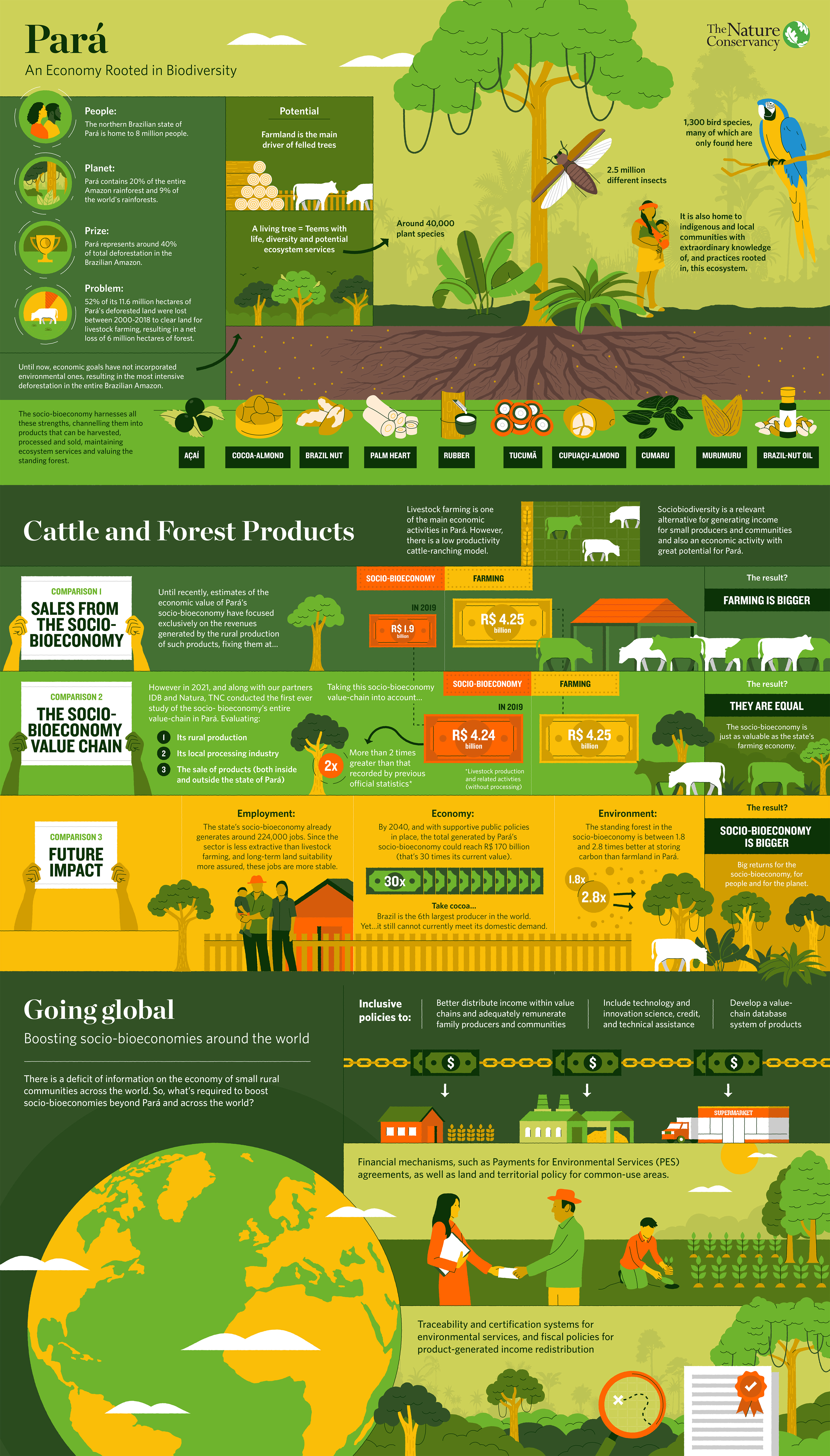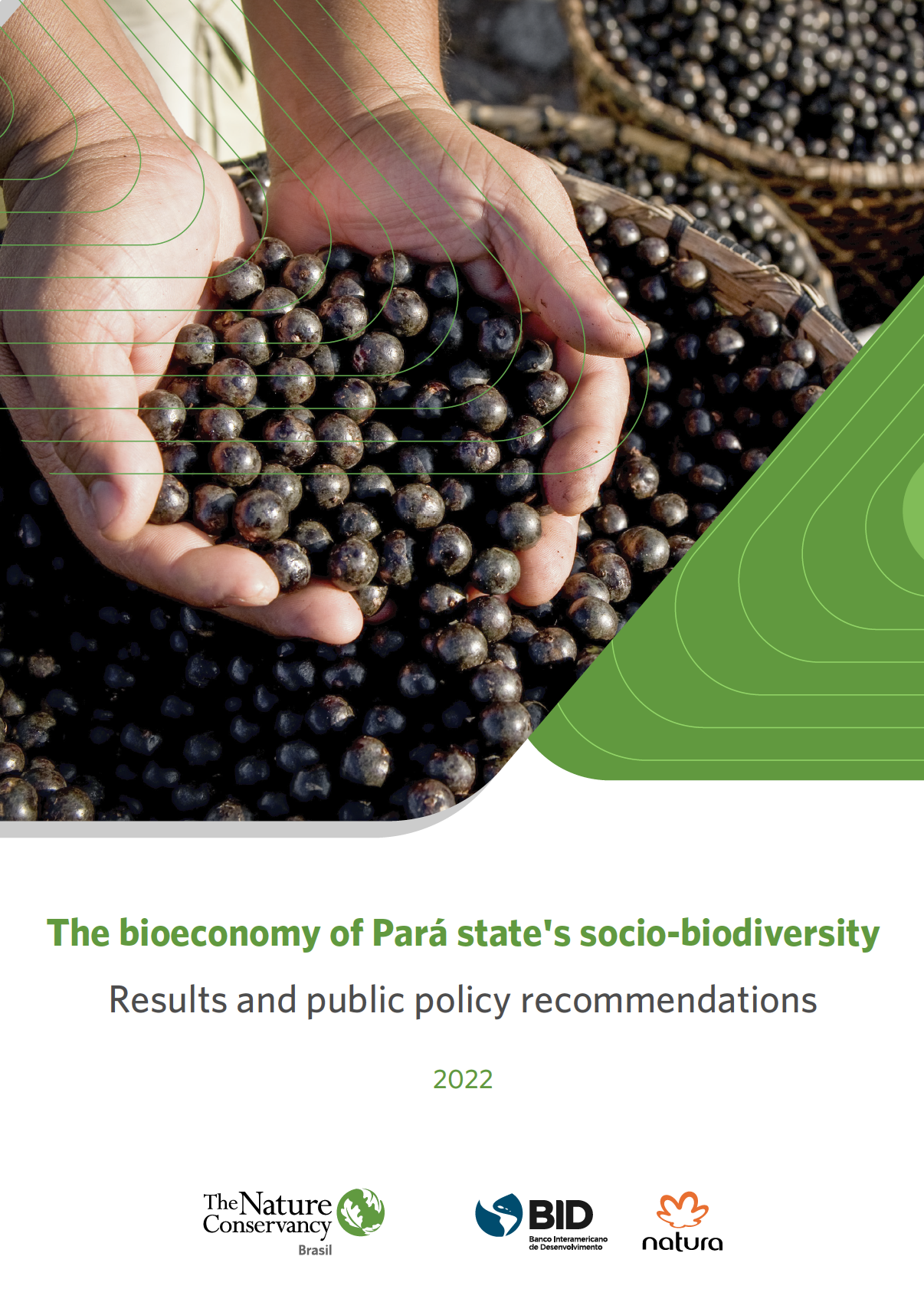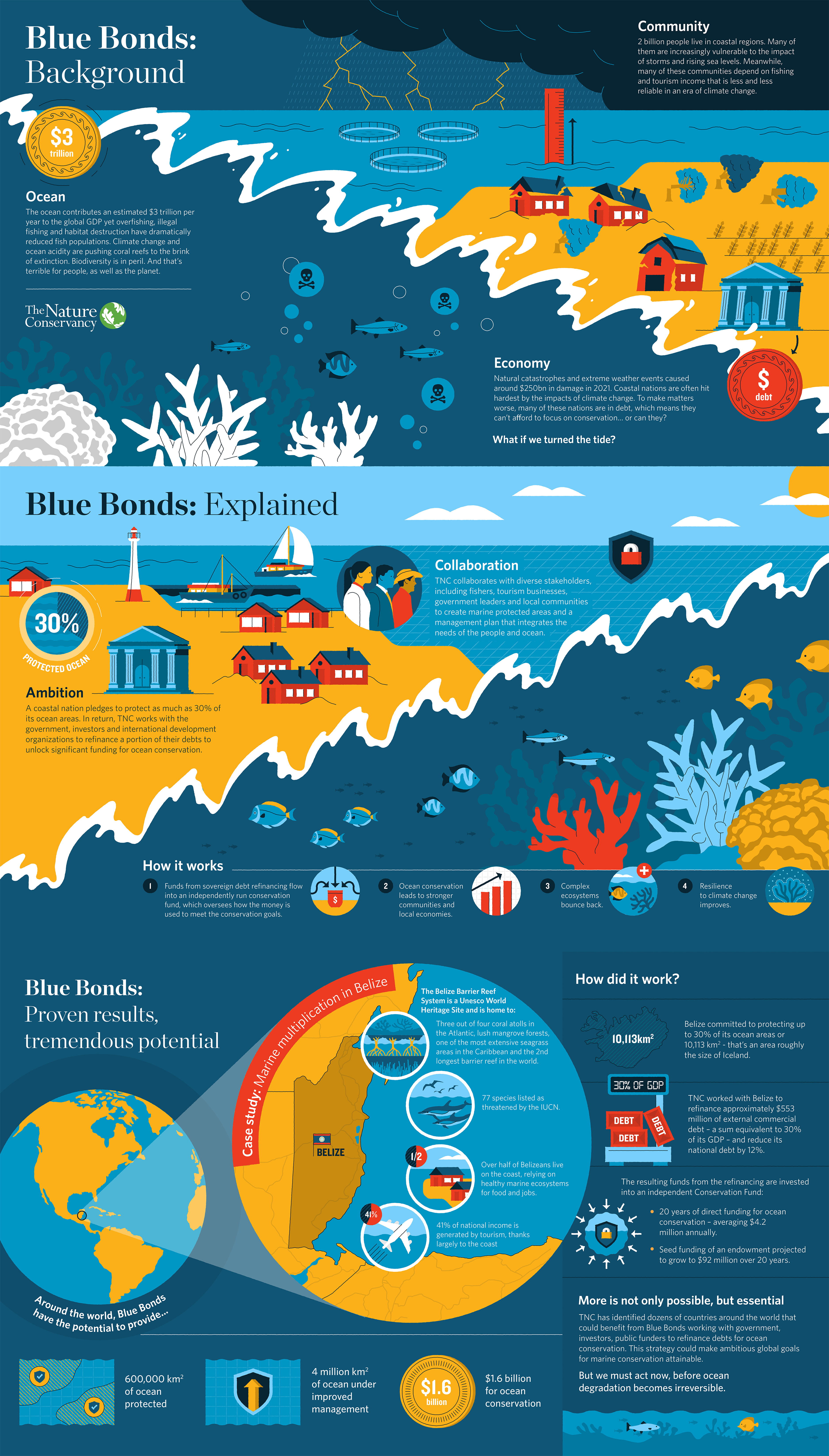
Invest in Nature, and Nature Invests in Us
How we fund and transition to a nature-positive economy at land, water and sea
Later this year, representatives from countries around world will meet at the UN Convention on Biological Diversity to agree on a new global framework to guide biodiversity protection the rest of this decade—a “New Deal for Nature.”
Hopes are high for an ambitious framework, but challenges still lie ahead—including finding ways to pay for the actions required to meet its goals. We currently have a ~$700 billion funding gap between what we spend to protect nature every year and what we need to be spending, according to a landmark report from The Nature Conservancy, the Paulson Institute, and the Cornell Atkinson Center for Sustainability.
To close this nature funding gap and to halt and potentially reverse the global decline of biodiversity, we need innovative strategies that generate funding for nature while also supporting sustainable livelihoods for people. The following graphics showcase a few examples in countries that have done this successfully.
Funding ocean conservation and climate change adaptation activities is difficult for most countries, but the challenge is particularly acute for those that are highly dependent on vulnerable marine resources. These governments often experience high debt burdens, further limiting their ability to invest in such activities—and thus perpetuating their vulnerability to natural disasters and economic downturns. The Blue Bonds for Conservation model was developed to address this challenge.


Download
The Amazon rainforest covers almost half of Brazil—much of that within the State of Pará. In Pará, the diversity of the flora contributes to the economy. Keeping forests standing is more profitable than cutting them down. This is the first study of the current and future whole value chain of biodiversity within a State to reveal the value of non-timber forest products, social biodiversity products, and the knowledge of local people. As these graphics demonstrate, integrating biodiversity in value chains is better for the climate, people, and the economy.



Download
-

-
 The Bioeconomy of Pará State’s Socio-biodiversity
The Bioeconomy of Pará State’s Socio-biodiversityResults and public policy recommendations from TNC, BID & Natura.
DOWNLOAD
Global Insights
Check out our latest thinking and real-world solutions to some of the most complex challenges facing people and the planet today.



